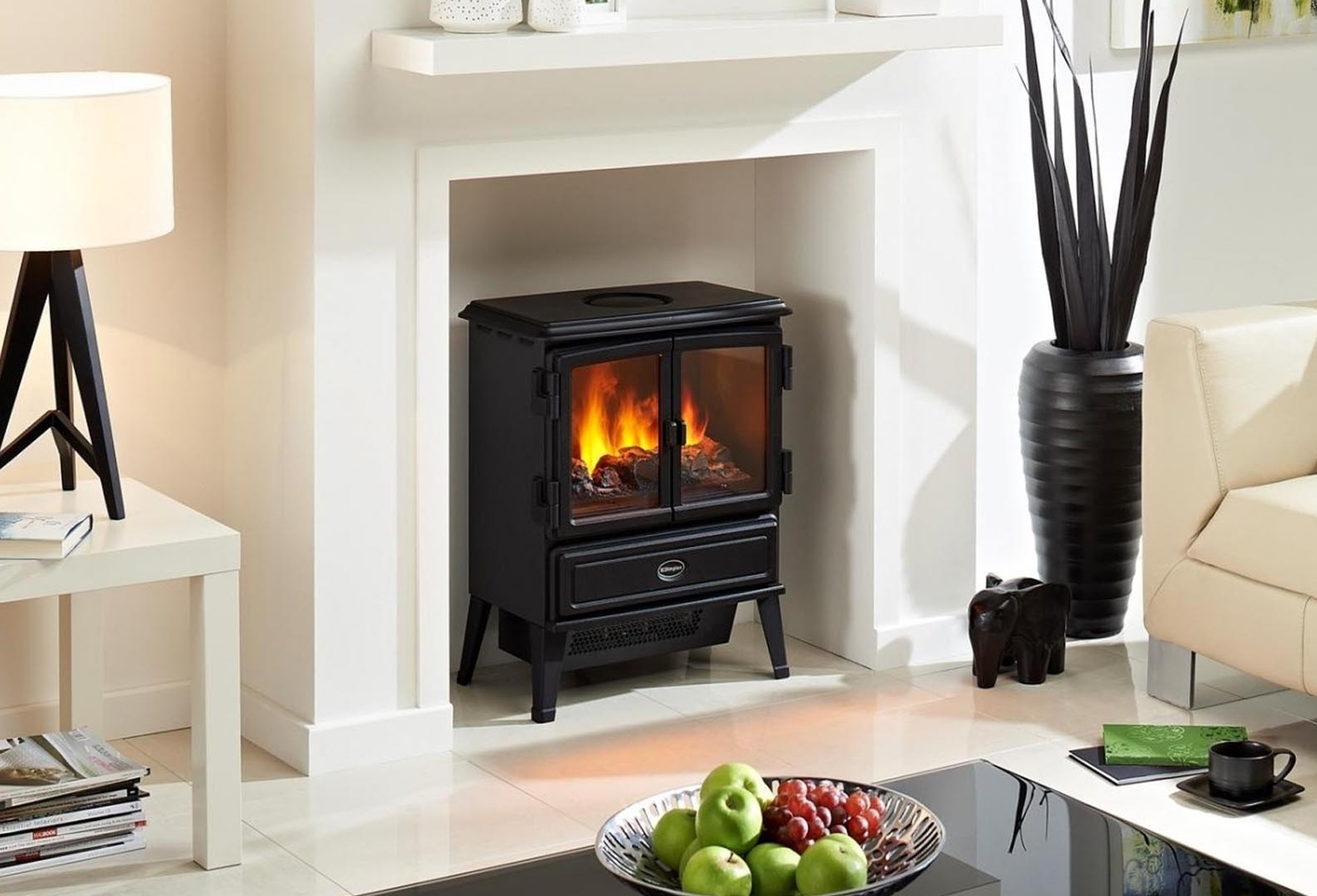Electric convection heaters, operating on the principle of convection, are designed to deliver consistent and even heating throughout a room. Their functionality revolves around the natural movement of air, creating a continuous cycle that ensures warmth is distributed uniformly. While these heaters are generally effective, several factors influence their performance in achieving even heating.
Fundamentally, convection heaters consist of a heating element, typically made of metal, that warms the air in its vicinity. As the air absorbs heat, it becomes lighter and rises, creating a convection current. This process facilitates the circulation of air throughout the room, ensuring that all areas are involved in the heating cycle.
The distribution of heat is a key aspect of convection heaters. The warm air rises, spreads across the ceiling, and gradually descends as it cools. This cycle ensures that the entire volume of the room is engaged in the heating process, promoting an even distribution of warmth. This stands in contrast to radiant heaters, which target specific objects or areas directly within their line of sight.
Effective placement and sizing of convection heaters are crucial for optimal performance. Ideally, these heaters should be centrally located to facilitate better air circulation. Additionally, the size of the heater should be proportionate to the dimensions of the room, ensuring that it possesses the capacity to adequately heat the entire space.
Insulation and ventilation also play pivotal roles in the efficiency of convection heaters. Well-insulated rooms retain heat more effectively, allowing the convection process to operate with greater efficiency. Adequate ventilation ensures a continuous flow of air, preventing the formation of stagnant pockets of cold or warm air.
Thermostatic controls, a common feature in many convection heaters, enable users to set a desired temperature. The heater then cycles on and off to maintain the specified temperature, preventing overheating and contributing to a consistent and even temperature throughout the room.
Despite these advantages, there are limitations to the evenness of heating that convection heaters can achieve. In larger rooms or spaces with high ceilings, there may be some stratification where warmer air accumulates near the ceiling while cooler air remains closer to the floor. Addressing this may involve using ceiling fans or other circulation devices to redistribute the air and enhance overall heating uniformity.
Moreover, convection heaters may have a response time, meaning they take some time to reach the desired temperature. During the initial stages of operation, there may be uneven heating. Some models mitigate this by incorporating features such as fan-forced convection to expedite the distribution of warm air.
Electric convection heaters provide an effective means of achieving consistent and even heating in indoor spaces. Proper placement, sizing, and attention to insulation and ventilation contribute to their performance. While they may not achieve absolute uniformity in all circumstances, these heaters offer reliable and energy-efficient solutions for maintaining a comfortable and evenly heated environment.

 0086-574-62766180/62766182
0086-574-62766180/62766182






 English
English 中文简体
中文简体













